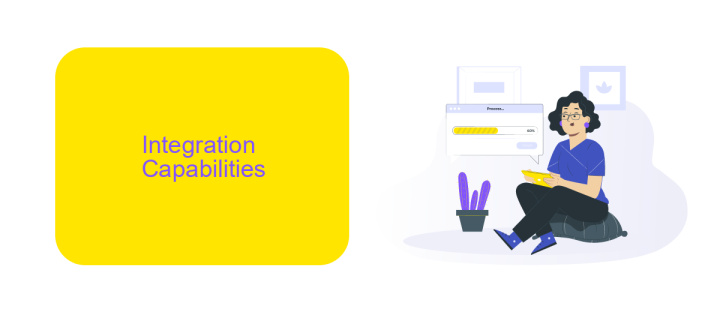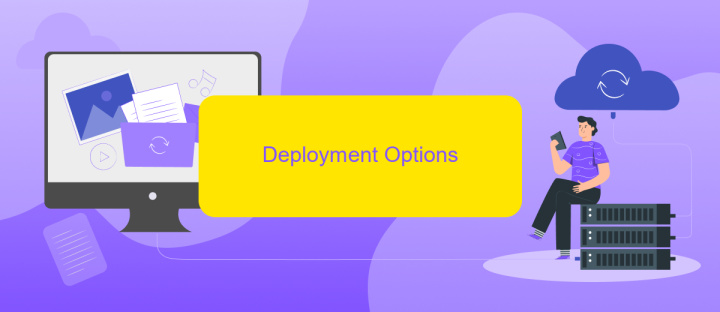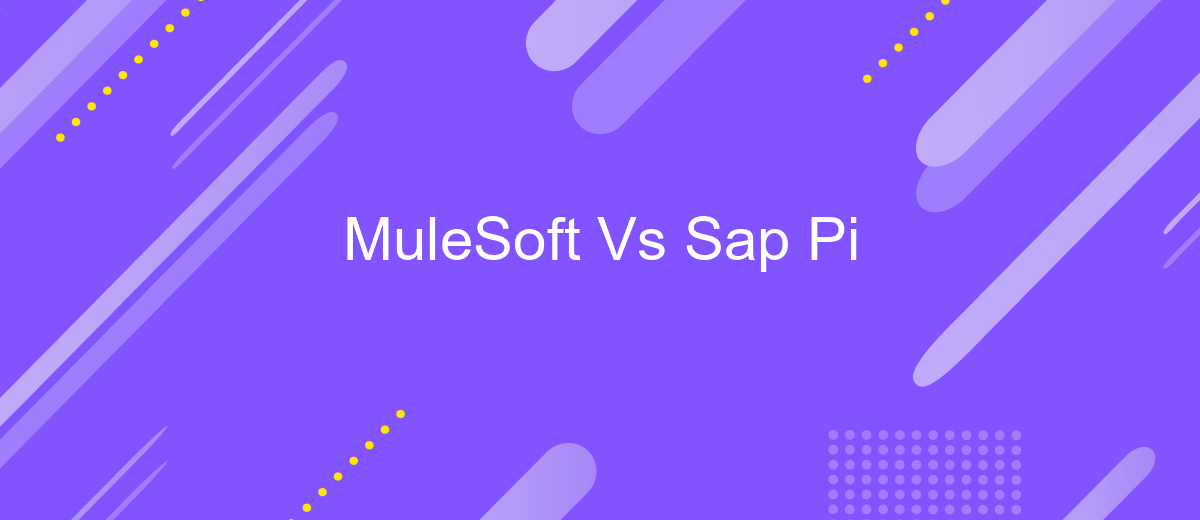MuleSoft Vs Sap Pi
In today's rapidly evolving digital landscape, integration platforms are crucial for seamless business operations. MuleSoft and SAP PI (Process Integration) stand out as leading solutions, each offering unique capabilities to connect diverse systems and applications. This article delves into a comparative analysis of MuleSoft and SAP PI, highlighting their features, strengths, and use cases to help businesses make informed integration decisions.
High-Level Comparison
MuleSoft and SAP PI are two prominent integration platforms, each offering unique capabilities for connecting various systems and applications. MuleSoft is known for its flexibility and wide range of connectors, making it a popular choice for cloud-based integrations. On the other hand, SAP PI is tailored for SAP environments, providing robust support for SAP-specific protocols and seamless integration within the SAP ecosystem.
- Flexibility: MuleSoft offers extensive customization options, while SAP PI is more rigid but highly optimized for SAP systems.
- Connectors: MuleSoft boasts a vast library of connectors, whereas SAP PI has strong connectors for SAP applications.
- Cloud Integration: MuleSoft excels in cloud integrations, while SAP PI is traditionally more on-premise focused but evolving towards cloud capabilities.
- Ease of Use: MuleSoft's user-friendly interface contrasts with SAP PI's complex setup, which may require specialized knowledge.
Choosing between MuleSoft and SAP PI depends on your specific integration needs and existing infrastructure. For those looking to streamline integrations with minimal effort, services like ApiX-Drive can offer valuable assistance by simplifying the connection process between various applications and platforms.
Integration Capabilities

MuleSoft and SAP PI both offer robust integration capabilities, but they cater to different needs and environments. MuleSoft provides a versatile platform that supports a wide range of integration scenarios, including cloud, on-premises, and hybrid environments. Its Anypoint Platform is known for its user-friendly interface and extensive set of connectors, making it easier to integrate various systems and applications. MuleSoft also excels in API management, allowing businesses to create, manage, and monitor APIs efficiently, which is crucial for modern digital ecosystems.
On the other hand, SAP PI (Process Integration) is designed primarily for SAP environments, offering seamless integration with other SAP modules and third-party systems. It provides a reliable and secure way to connect various business processes and data flows within the SAP landscape. While SAP PI might not offer the same breadth of connectors as MuleSoft, it is highly optimized for SAP applications, ensuring smooth and efficient data exchange. For businesses heavily invested in SAP, SAP PI remains a strong choice for integration needs.
Deployment Options

When it comes to deployment options, both MuleSoft and SAP PI offer flexible solutions to meet diverse business needs. MuleSoft provides several deployment models, including cloud-based, on-premises, and hybrid environments. This allows organizations to choose the best fit for their infrastructure and compliance requirements. SAP PI, on the other hand, traditionally focuses on on-premises deployment but has also expanded to support cloud and hybrid models through SAP Cloud Platform Integration (CPI).
- MuleSoft Deployment Options:
- Cloud-based (Anypoint Platform)
- On-premises
- Hybrid
- SAP PI Deployment Options:
- On-premises
- Cloud-based (SAP CPI)
- Hybrid
Additionally, services like ApiX-Drive can simplify the integration process for both platforms by providing pre-built connectors and automation tools. This can significantly reduce the time and effort required for deployment, allowing businesses to focus on optimizing their operations rather than managing complex integrations.
Data Transformation Features

Data transformation is a critical aspect of any integration platform, and both MuleSoft and SAP PI offer robust features in this regard. MuleSoft leverages its DataWeave language, which allows for expressive and efficient data transformation. DataWeave supports a wide range of data formats, including JSON, XML, and CSV, making it highly versatile for various integration scenarios.
On the other hand, SAP PI utilizes graphical mapping tools and functions to facilitate data transformation. These tools provide a user-friendly interface, enabling users to define complex mappings without deep coding knowledge. The platform also supports extensive libraries of pre-built functions to streamline the transformation process.
- MuleSoft's DataWeave for expressive transformations
- SAP PI's graphical mapping tools
- Support for multiple data formats
- Pre-built transformation functions
In addition to these features, services like ApiX-Drive can enhance the integration process by offering automated workflows and seamless data synchronization between different systems. By leveraging such services, businesses can further optimize their data transformation tasks, ensuring efficient and accurate data exchange.
Pricing and Support
When it comes to pricing, MuleSoft offers a subscription-based model with various tiers tailored to different business needs, making it accessible for both small and large enterprises. On the other hand, SAP PI follows a more traditional licensing model, which can be more costly upfront but may offer long-term savings for larger organizations with extensive integration requirements. Both platforms provide comprehensive support packages, including 24/7 technical assistance and detailed documentation to ensure smooth implementation and operation.
For businesses looking for additional integration support, services like ApiX-Drive can be incredibly beneficial. ApiX-Drive offers a user-friendly interface and a wide range of pre-built connectors that simplify the integration process, allowing companies to connect various applications without extensive coding. This can be particularly advantageous for organizations that need to quickly adapt to changing business environments or lack in-house technical expertise. By leveraging such services, businesses can enhance their integration capabilities while keeping costs manageable.


FAQ
What are the main differences between MuleSoft and SAP PI?
Which platform is better for integrating with non-SAP systems?
How does the licensing model differ between MuleSoft and SAP PI?
Can MuleSoft and SAP PI be used together in a hybrid integration scenario?
What are some common challenges when migrating from SAP PI to MuleSoft?
Apix-Drive is a simple and efficient system connector that will help you automate routine tasks and optimize business processes. You can save time and money, direct these resources to more important purposes. Test ApiX-Drive and make sure that this tool will relieve your employees and after 5 minutes of settings your business will start working faster.

